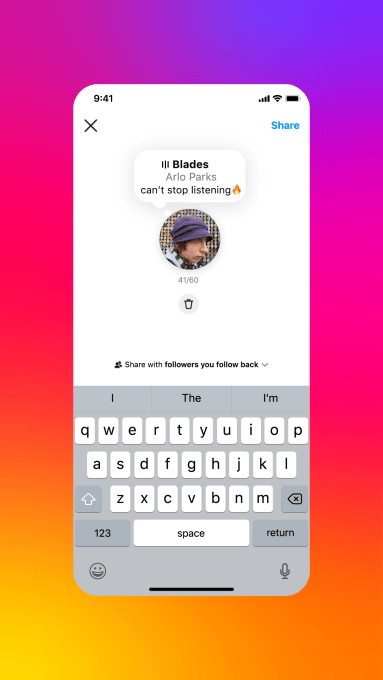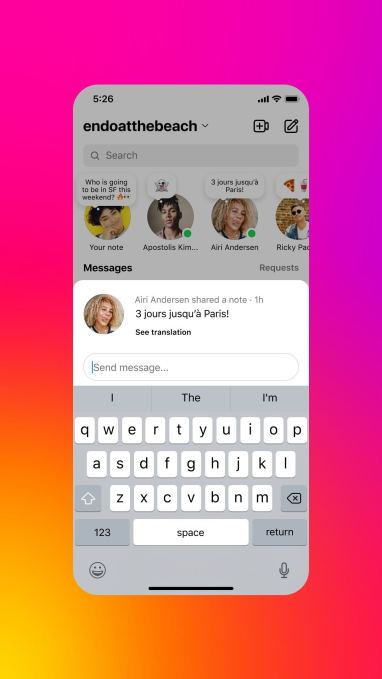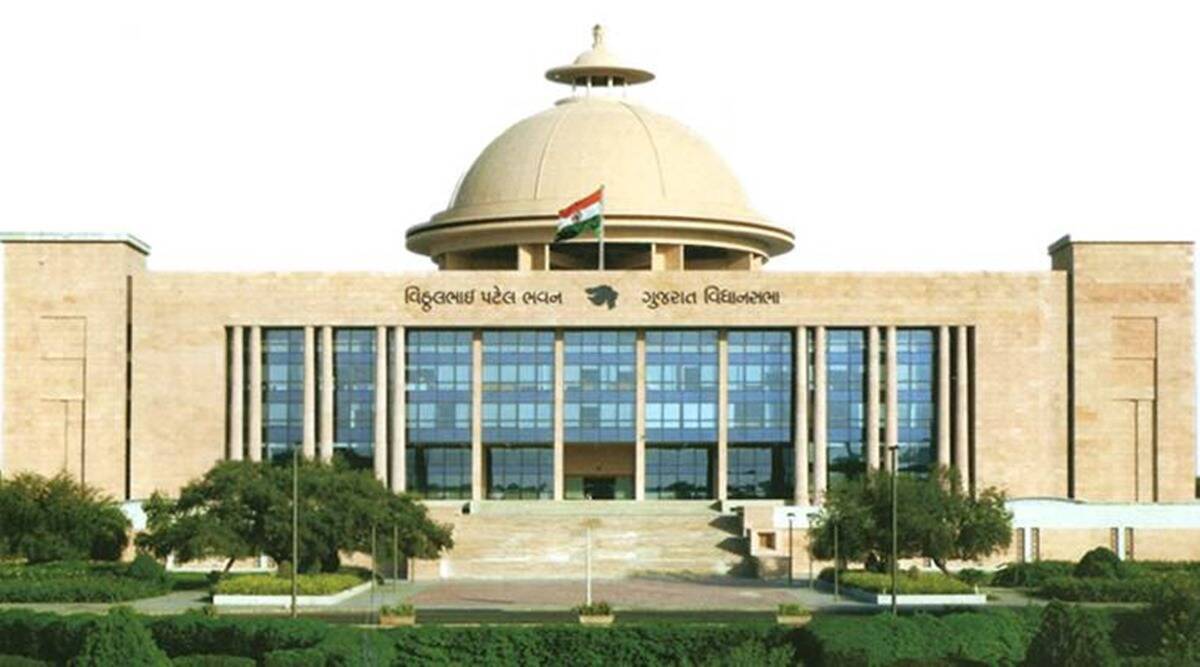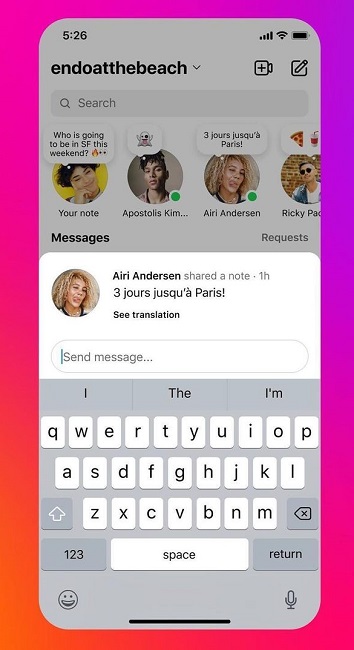
Let’s find out if OpenAI’s ChatGPT can replace Google Translate
Translation services are vital in breaking language barriers in an increasingly connected world. However, with the recent advancements in natural language processing and the rise of OpenAI’s ChatGPT, the question arises: Can ChatGPT replace Google Translate?
Google Translate has long been a dominant player in this field, providing machine translation services to millions of users. ChatGPT, powered by the GPT-3.5 architecture, exhibits remarkable linguistic prowess and offers translation assistance. However, the comparison is more complex than it may seem. Factors such as language support, specialized algorithms, and overall comprehensiveness must be considered. This article aims to delve into the capabilities and limitations of ChatGPT and Google Translate, shedding light on whether the former can surpass the latter as the go-to tool for accurate and efficient translations in our multilingual world.
ChatGPT and Google Translate share similarities and differences in their approaches to translation:
Similarities
- ChatGPT and Google Translate utilize machine translation techniques to translate text from one language to another automatically.
- Both systems support various languages, allowing users to translate text between numerous language pairs.
- ChatGPT and Google Translate are accessible online, enabling users to access their translation services easily.
Differences
- Google Translate is specifically designed as a reliable translation tool focused on providing accurate translations. In contrast, ChatGPT is a more general-purpose language model that can handle translation and language-related tasks.
- ChatGPT better understands context and can generate responses that incorporate the given context. This allows it to handle complex language contexts and generate coherent translations, whereas Google Translate focuses more on individual sentences or phrases.
- Google Translate offers a dedicated user interface and integrates with other Google services, making it user-friendly and easily accessible. ChatGPT, however, lacks a dedicated user interface and does not have built-in integration with external services.
Overview of the Technologies
Google Translate is a widely-used machine translation system developed by Google. It employs a statistical machine translation approach, utilizing large bilingual corpora and statistical models to generate translations. It has benefited from significant improvements over the years, integrating neural machine translation (NMT) models to enhance translation quality.
OpenAI’s ChatGPT is a language model based on the GPT-3.5 architecture. It relies on deep learning techniques, specifically transformer models, to generate human-like responses. While ChatGPT is not explicitly designed for translation, it can handle a wide range of language-related tasks, including paraphrasing, summarization, and context-based generation, making it potentially useful for translation.
Strengths and Capabilities
As a specialized translation tool, Google Translate excels in several areas. It supports many languages and offers a user-friendly interface, making it accessible to many users. Additionally, Google Translate benefits from extensive training data and resources, allowing it to provide decent translations for many language pairs. Its integration with other Google services and apps further enhances its usability.
Although not explicitly designed for translation, ChatGPT showcases exceptional language understanding and generation capabilities. It can comprehend complex contexts, understand nuances, and produce coherent responses. With its large vocabulary and paraphrasing ability, it can often provide alternative translations that convey similar meanings. ChatGPT also benefits from continuous updates and improvements, making it adaptable to new language patterns and expressions.
Limitations and Challenges
While Google Translate is a powerful tool, it has its limitations. It can need help with low-resource languages or those with complex grammatical structures. The quality of translations can vary across language pairs, and accuracy can diminish for less common languages. Google Translate may also need help translating idiomatic expressions, cultural nuances, or highly specialized technical content.
ChatGPT’s primary limitation lies in its training data. It relies on existing text available on the internet, which may contain biases or inaccuracies. This can occasionally lead to flawed or incorrect translations. Additionally, ChatGPT may not have comprehensive training data for specific low-resource languages, impacting its performance.
Use Cases and Recommendations
Due to its specialization, Google Translate is suitable for quick and straightforward translations, especially when accuracy is not the primary concern. Google Translate’s accessibility and integration with other Google services make it convenient for everyday use.
ChatGPT’s strengths lie in its ability to handle complex language contexts and generate coherent responses. While it may not replace Google Translate entirely, it can complement it in specific scenarios. ChatGPT can be particularly useful for translating longer passages, refining translations to capture nuances, or generating creative translations that require adapting content to particular audiences. However, users should exercise caution and verify translations for accuracy, especially for critical or professional use cases.
Adblock test (Why?)






